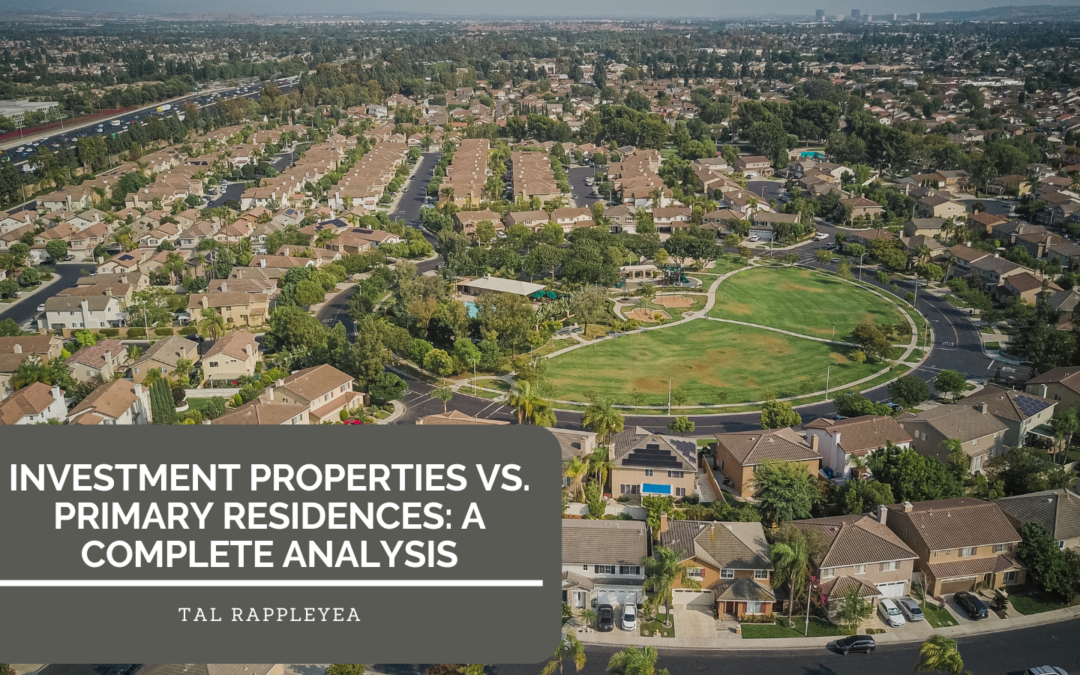Understanding the key differences between investment properties and primary residences is crucial for making informed real estate decisions. Each type of property serves distinct purposes and comes with its own set of financial implications, tax considerations, and management requirements.
Financing options differ significantly between investment properties and primary residences. Investment properties typically require larger down payments, often 20-25% compared to as little as 3.5% for FHA loans on primary residences. Interest rates are also generally higher for investment properties, as lenders view them as higher-risk ventures. Understanding these financing differences is crucial for accurate budget planning.
Tax implications play a major role in the investment property equation. While primary residences offer tax benefits through mortgage interest and property tax deductions, investment properties provide additional advantages. Investors can deduct operating expenses, property management fees, and depreciation. However, these benefits come with complex tax reporting requirements and potential capital gains implications upon sale.
Income potential represents a key advantage of investment properties. Rental income can offset mortgage payments and operating costs while potentially providing additional cash flow. However, this income must be weighed against vacancies, maintenance costs, and property management expenses. Successful landlords typically budget 1-2% of the property’s value annually for maintenance and repairs.
Property management requirements vary significantly. Primary residences require standard maintenance and upkeep, while investment properties demand additional time and resources for tenant screening, rent collection, and emergency repairs. Many investors factor in professional property management costs, typically 8-12% of monthly rent, to handle these responsibilities.
Market appreciation affects both property types but can impact investment strategies differently. While primary residence decisions often prioritize lifestyle factors, investment property choices should focus more heavily on potential appreciation and rental market strength. Location becomes even more critical for investment properties, as it directly impacts both rental rates and long-term value growth.
